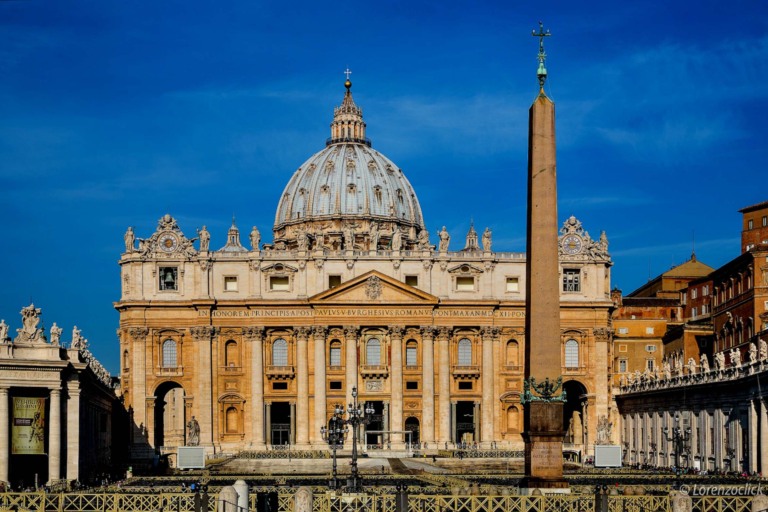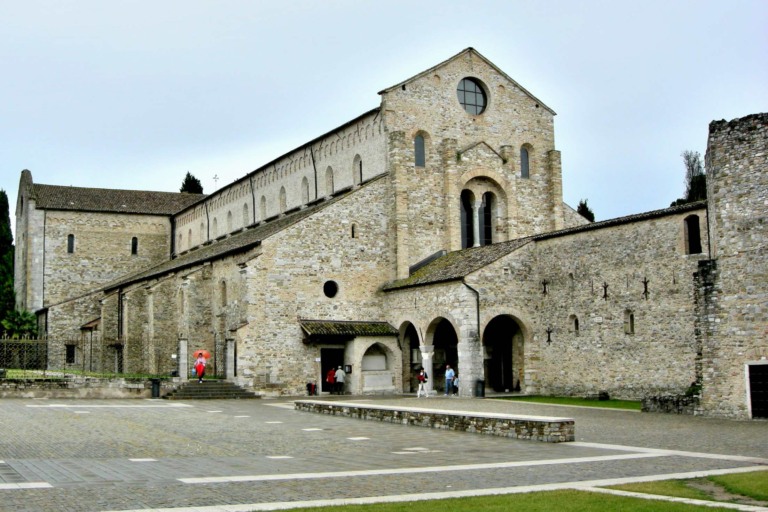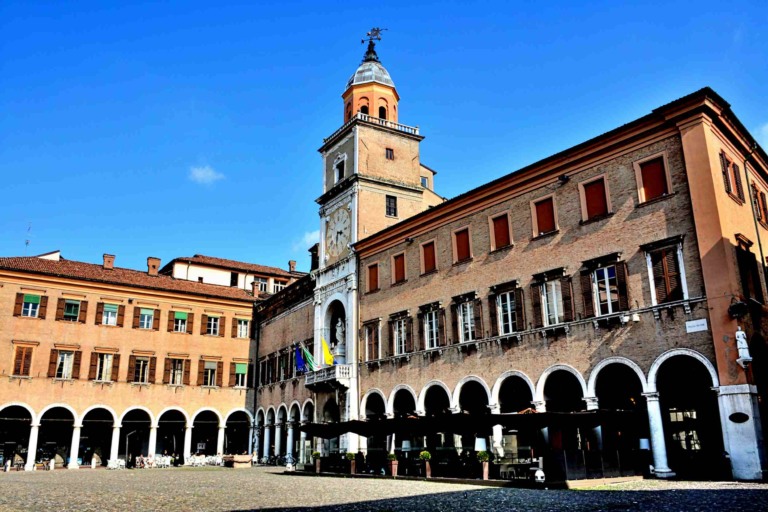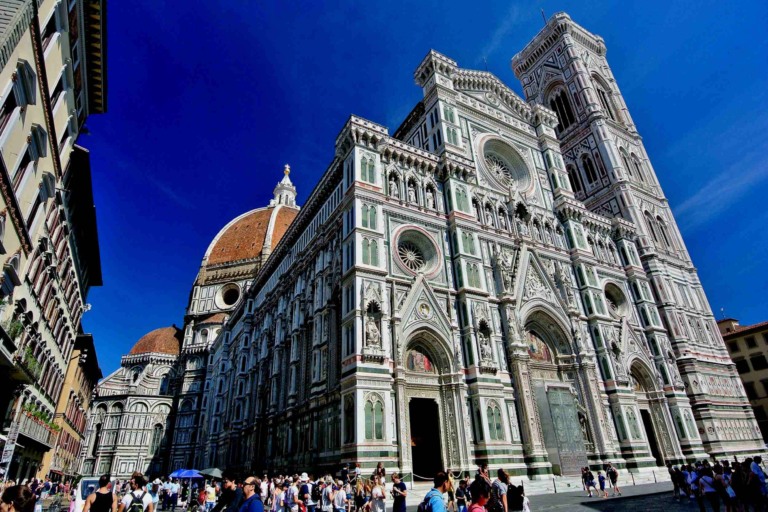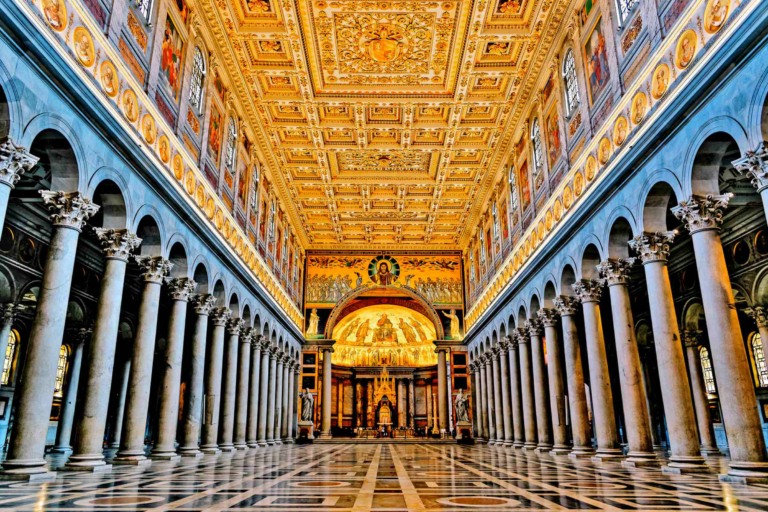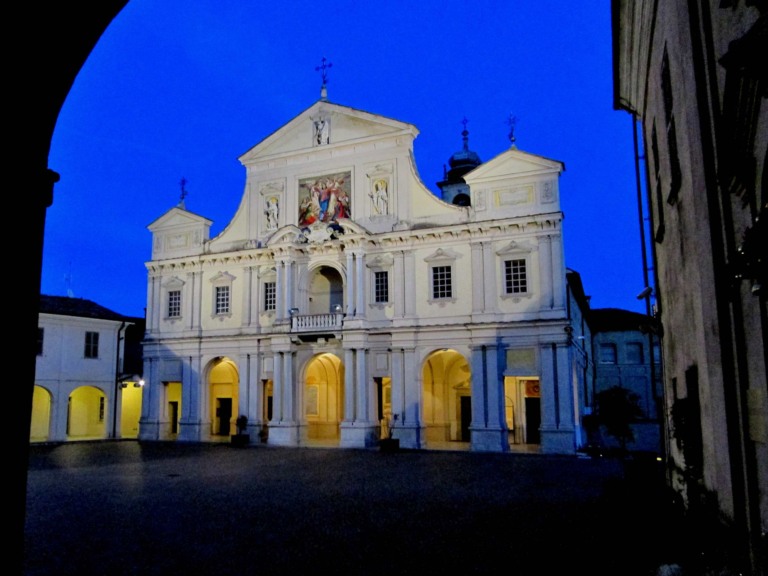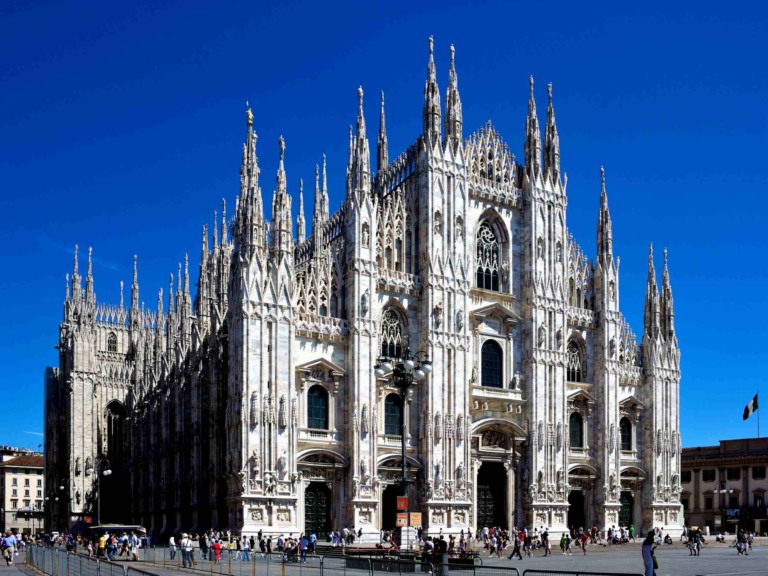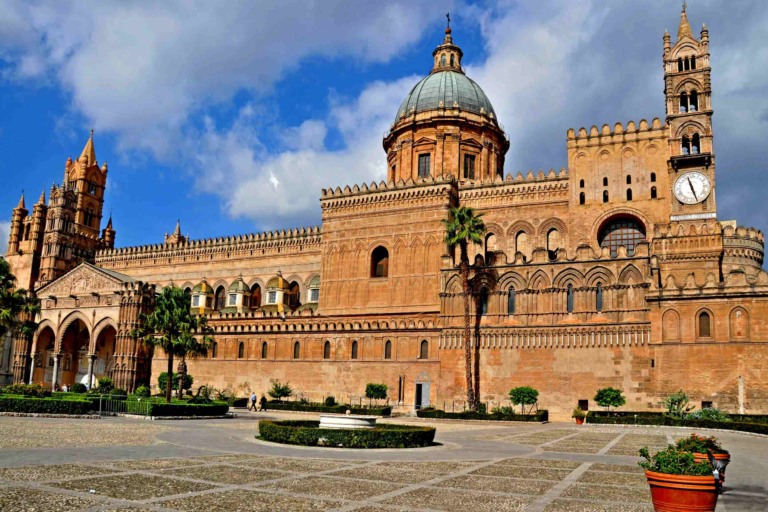Cathedrals and Churches
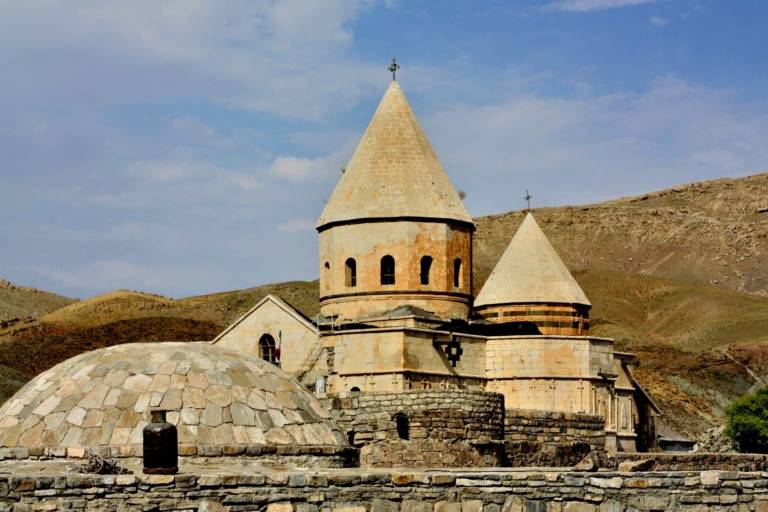
The history of cathedrals and churches worldwide is rich and varied, spanning centuries and encompassing diverse architectural styles, cultural influences, and religious practices. Before the establishment of organized religions, various cultures had places of worship dedicated to their deities or spiritual beliefs. These could be simple shrines, temples, or open-air structures. In the early centuries of Christianity, followers gathered in private homes for worship. As the Christian community grew, larger spaces were needed. The basilica, a type of Roman public building, was adapted for Christian use. During the age of exploration and colonization, churches were established in new territories by European powers. Missionary churches in the Americas, Africa, and Asia often blended European styles with local influences. In the 19th and 20th centuries, diverse architectural styles emerged. Some architects embraced historic styles, while others embraced modernism. Notable modern examples include the Sagrada Família in Barcelona. Here's a broad overview of their historical background:
